How to Tell If a Piece of Classical Music Is Great
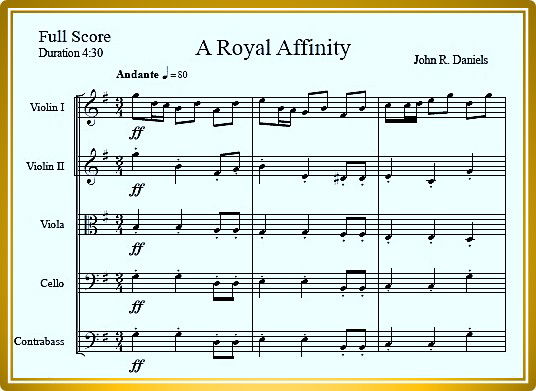
Composing classical music is both an art and a craft. The concept of Beauty in music is often subjective, and true Art is, contrary to popular belief, quite objective. Both of these can be present in classical piece, but the best work is a work of true Art.
There are certain qualities that define a well-composed piece. Skilled composers can assess the quality of their work by examining a number of things, among them are structure, harmony, melody, emotional impact, technical craftsmanship, and good engraving. Here are some key ways a composer, music director, or teacher can tell if a piece of classical music is truly good.

1. Strong and Logical Structure
A well-composed piece follows a clear and effective structure. Whether it’s a sonata, fugue, symphony, or a simple prelude, the form should be well-organized and make sense. Consider these things about a musical work. It should have:
- A clear beginning, development, and conclusion. This is much more easily accomplished if the piece is from, or created as if from, the classical era. Some of the composer from that era are Mozart, Haydn, and Gluck. However, even if the music is composed to simulate that of another era, each period has its own set of forms and attributes that need to be observed if only tangentially.
- Smooth transitions between sections. Often, even in the shortest pieces, a new section will be in a different key or time signature that sets it off from the previous and following section. The connection between the two needs to sound as if it belongs, not as if it’s been forced into its new role.
- Balance between repetition and contrast. One thing that can make a piece memorable is that it has enough repetition to imprint itself on the listener’s mind. A voice teacher of mine called a memorable piece of music “bathroom music” because it could be hummed or whistled while showering or other such bathroom activities. Even works like Beethoven’s Fifth Symphony with its iconic “ba-ba-ba-bum” introduction really doesn’t make good “bathroom music” because most of the rest of it is un-hummable.
When a phrase or section is repeated, it can be done identically, or with some variation. To make a truly durable impression, it should be repeated at least once identically before being subjected to any variation. The identical repetition could occur again at the end.
Any contrast should follow the same method as should be done between transitions; it should sound like it belongs and isn’t forced.
2. Memorable and Expressive Melody
A good piece of music often has a melody that is both singable and expressive. Consider:
- Whether the melody is distinct and engaging. In popular music, this is called “the hook”, although in pop music it also includes the lyrics. There should be enough movement, including conjunct and disjunct melody lines as well as chord variations, or the impression of chords that change well.
- If it fits naturally within the harmonic framework. The simplest way to do this is for the composer to write a melody with a chord progression in mind. Sometimes, this process is quite simple, but sometimes it can be somewhat daunting.
Here is an example of a more daunting process. Salt Cellar Creations has a piece for String Orchestra called A Royal Affinity (See Link Below). The piece starts out in 3/4 time and in it, the opening melody of the first section has a rhythmic motif that is repeated almost exactly in four-measure phrases. The melody had to be written in a very specific way because, later in the piece, that melody would be played exactly as it appears in the first section, but in 6/8 time! The melody had to follow the chord structure as it appeared in both time signatures. Certain notes had to be used that were in the “linking” chord structures.
Here is the link to the YouTube video of it. https://youtu.be/yCbt5VEufgE?si=Arki70TYS8-rq6PA
Below are two pages from the score. Notice that the melody is identical in both sections even thought the time signature has changed. The way that the accompanying chord structure had to be presented in the second section is just a bit different than the opening section, but it’s still very close.
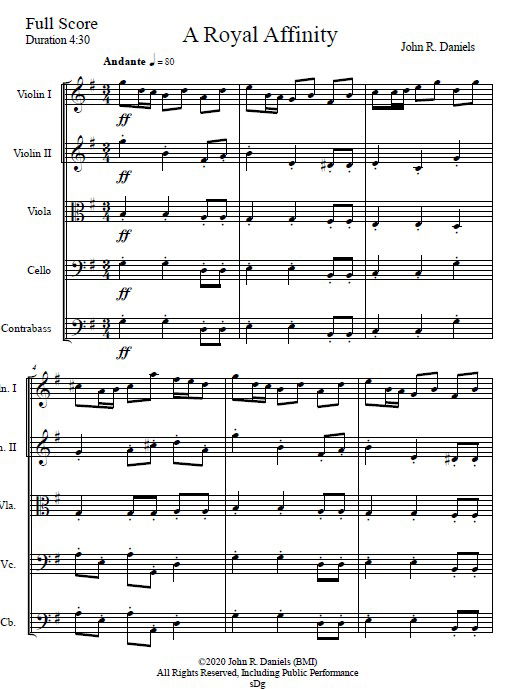
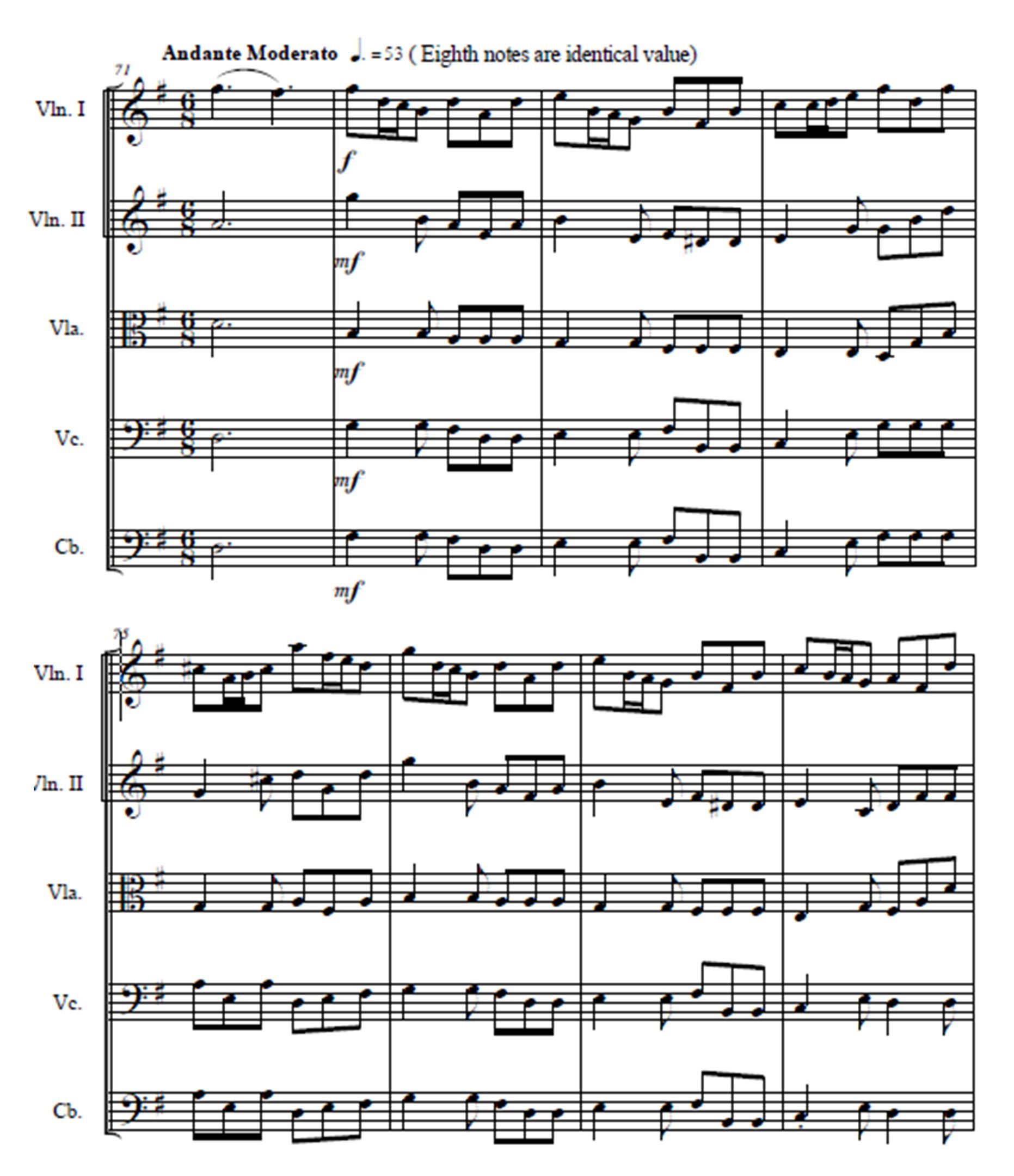
- How well it develops throughout the piece without becoming annoyingly repetitive. Repetition is good. However, exact repetition can become boring, even nauseating. A good composer knows when and how to repeat appropriately.
3. Effective Use of Harmony
Harmony gives depth and emotion to a piece. Consider these things:
- Whether the harmonic progressions feel natural and satisfying. The circles of fourths and fifths is used quite often as well as different modal techniques. Some modes would sound unnatural to modern ears, so some modifications would have to be made to make them sound accessible to a contemporary audience.
- How well tension and resolution are used to create movement. The use of tension and resolution is essential if the piece is going to be at least a craft work. If it is going to be a true work of art, it must contain, in two words, Beauty and Power. There are a lot of discussions about the exact definition of the word Art, but it boils down to those two words. Click HERE for a full discussion from Salt Cellar Creations about what Art is.
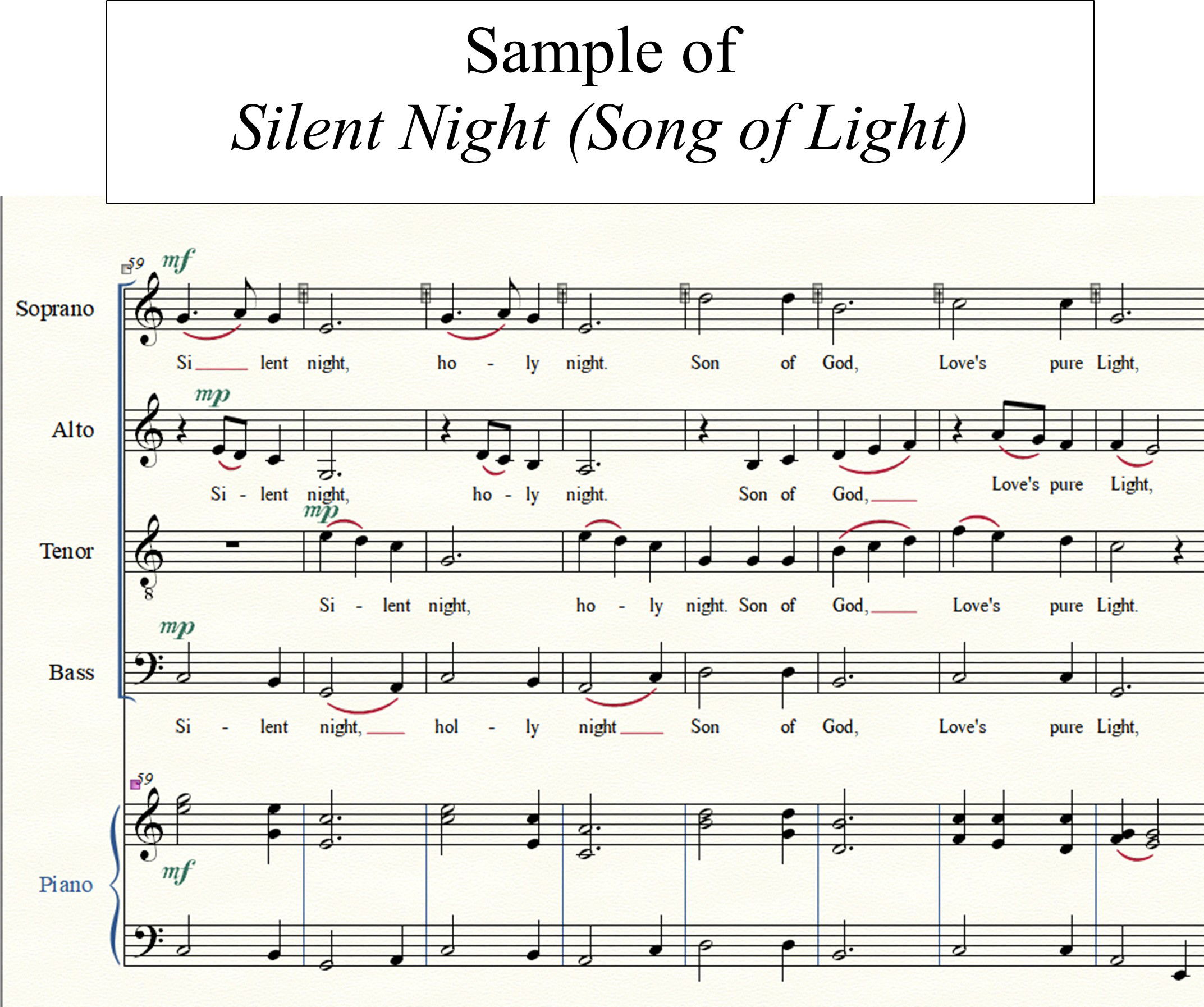
Rich and Balanced Parts
For ensemble pieces of any sort, the parts must all contribute to the piece as a whole. Consider:
- Whether different instruments or voices blend well. Sometimes the blending aims for a homogenous sound, such as all woodwinds or all male voices. Sometimes the blending involves a delicately balanced blend of very different instruments, such as an oboe, saxophone, trumpet and tuba.
- Whether each instrument is used in a way that suits its tone and range. Many instruments, especially those with wide ranges, have different tonalities in different parts of their ranges. An oboe has a warm, reedy sound in its lower range but sounds almost like a flute in its upper range. A French horn has a big, bold sound in its lower register but becomes cornet-like, if played well, in its upper register. Otherwise it sounds like a strangled duck.
Knowing things like this helps a composer to properly assemble and arrange the parts so that nothing sounds out of place. On the other hand, there have been a few pieces that relied on the unusual sounds that some instruments make when played a certain way. - If the orchestration enhances rather than overwhelms the melody. In a recording studio, it’s very easy to adjust the volume levels of accompanying instruments and voices. However, in a Band, Orchestra or Choral piece, the dynamics must be applied well for the melody, or melodies, to be heard well.
Sometimes the dynamic balance is achieved by properly marking the dynamic level for each part. Even so, here is another place where understanding the mechanics of instruments or voices is crucial. The music cannot ask that a flute part be played loudly if it is written on the staff. That is the lowest register for them, and they cannot play very loudly there. The same goes for a trumpet or trombone part. A trumpet playing a high A cannot play it softly, unless the player is a seasoned professional. Since this blog is aimed at high school and community ensembles, there won’t be too many of them in such groups.
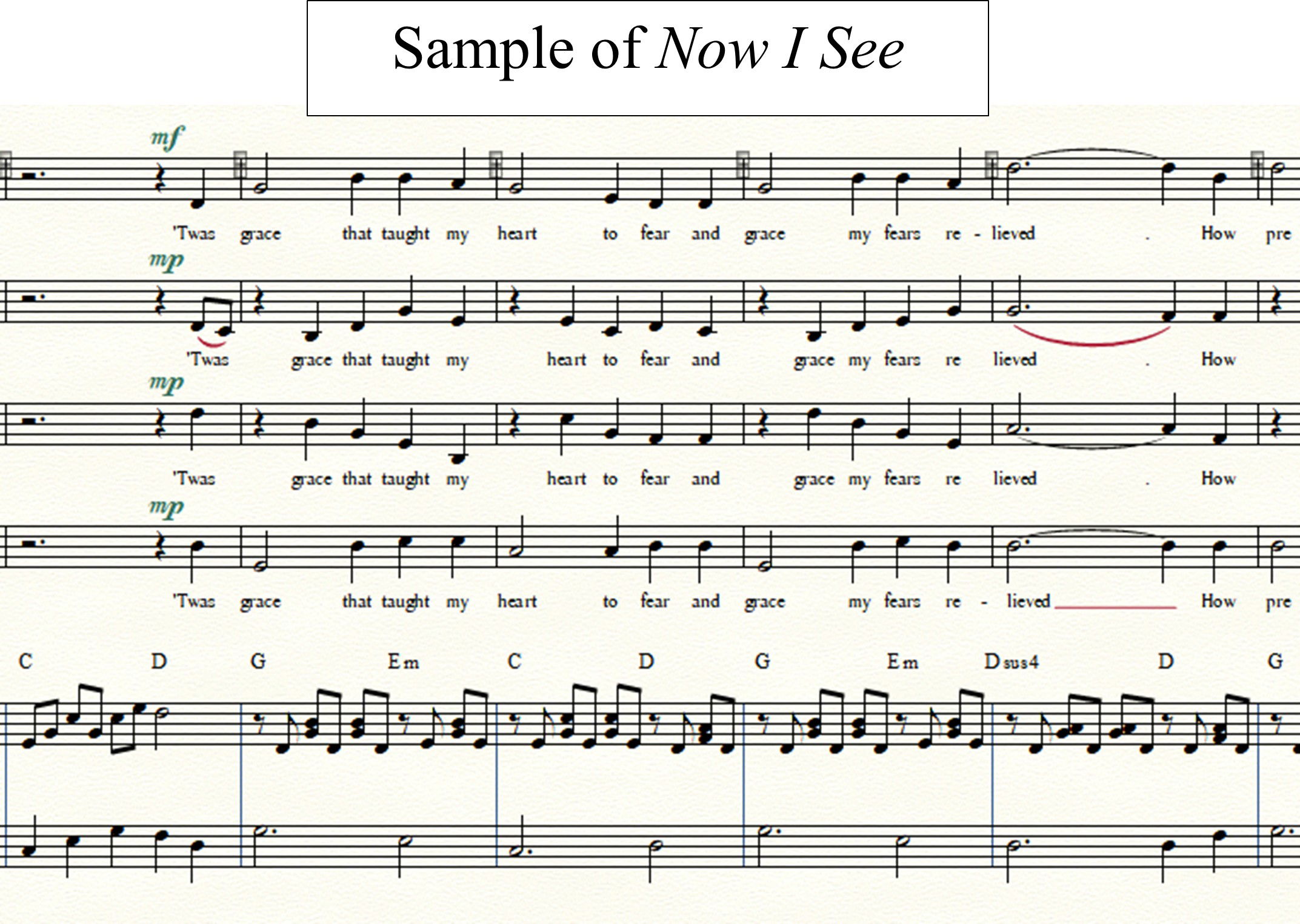
5. Rhythmic Interest and Flow
Rhythm often shapes the energy of a piece. Look for:
- A rhythm that keeps the music engaging and flowing.
Sometimes the rhythm can be simple but have a sense of motion. A good example of this is Salt Cellar’s piece for String Orchestra called Golden Morning. The main theme is a very smooth melody with a very simple rhythm of quarter notes underneath it. However, the rhythm is simply a “container” for the lush harmonies that make up the rhythmic accompaniment.
The best rhythms are repeated well. A single measure of a great rhythm is a petunia in an onion patch. It must be repeated, often exactly, and sometime with the exact same melody and chords to become the great rhythm that it can be. Of course, repetition ad nauseum isn’t good either. It should be repeated enough to stick in the listener’s ear without becoming tedious. A good example for this is Hound of Heaven, a Concert Band piece that uses the same rhythm for two phrases, varies it for the third phrase and then repeats it for the fourth, creating a “finished” effect or the listener. - Effective use of syncopation, tempo changes, or rhythmic variation. Even the best rhythm needs to have some variation. Here we can use A Royal Affinity for String Orchestra as an example again. The most severe change uses a pseudo tempo change and a definite rhythmic variation. The first part is in 3/4. Then, about half-way through, there is a transition to 6/8 time. That’s not too unusual, but the thing that is unusual is that the melody is exactly the same; it’s just accented in different places. It returns to 3/4 time with the melody intact.
A balance between predictability and surprise. Part of what makes great music great is that it is that it has great rhythms. But, as was mentioned above, a great rhythm can easily become monotonous if there isn’t something about it that catches the listener by surprise. An excellent example of this is The Cantummit Waltz for Concert Band. It was named that because, when I asked a group of people for a good name for a waltz, they asked me to hum it. At the time, it was a bit hard to hum, so they suggested “The I Can’t Hum It Waltz”. It was shortened to The Cantummit Waltz. The surprise in it is that, although it’s in a very normal 3/4 time, it’s in seven measure phrases, making it tricky to dance to. For a listener, just about the time that the ear is ready for a slight pause at the end of the phrase, the music continues, seemingly seamlessly, but sounding just a bit “off”.
Another good example of rhythmic surprise is found in the String Orchestra piece, The Awkward Marionette. Although a little unusual, the time signature is 7/4. It uses four measure phrases. The measures in each phrase are divided 4-3, 4-3, 4-3, and the last is 3-4. Also, the first two measures are somewhat mirror images of each other. So, there are “surprises” all the way through it, but those surprises are presented in a predictable way to make the whole piece playable and memorable.
6. Emotional and Aesthetic Impact
Music should move the listener. There are a number of ways that this can be accomplished. The best way is for the composer to create a true work of art, not simply a composition, which can be only a craft work if certain criteria aren’t met. See my article called What Is Music? Is It Art? for more about what makes true art.
To determine if a piece has emotional and aesthetic impact, consider:
- Does the piece convey a clear mood or emotion? Even if it moves from one emotion to another, it should be done in a natural progression, not in spastic leaps.
- Does it hold the listener’s attention from start to finish? Music is often a story without words. The story should be interesting, containing enough familiarity and moments of wonder to make the listener want to hear more.
Does it leave a lasting impression? Even if the listener couldn’t hum, whistle or sing the piece, it should be one that the listener should want to hear again.
7. Technical Mastery and Attention to Detail
Even a beautiful idea needs solid execution. Consider:
- If the counterpoint and voice leading are smooth. Not every piece will have counterpoint but voice leading and voicing are important. Each melody can be harmonized many different ways, and each way can depict a different mood, emotion, or direction. It helps if the composer knows what he or she wants to convey and has conveyed it well. The “rules” for voice leading and counterpoint should be bent or broken very carefully to keep the music from suffering.
- Whether the dynamics and articulations add depth to the piece. Despite trends in pop music, great music has different dynamic levels, sometime dramatic.
- If every detail serves a purpose rather than being added randomly. A composer may try to add some extra spice to a piece with an extra dissonant chord or sudden fortissimo. If the rest of the piece hasn’t had such devices, adding one will sound very out of place and detract from the piece as a whole.
8. Performs Well in Practice
Finally, a good composition must work when played. Consider:
- If musicians can perform it effectively. The composition may be written for a certain age or competency group, e.g. high school, professional or community ensemble. The music should be actually playable by that group, not simply written and hoping that the group can play it.
- Whether the piece sounds as good live as it does on paper. When a playwright writes lines, he or she often will read the out loud to see how they sound. The same goes with a composition. The stacked quartal harmony chord may seem very intellectual and creative on paper, but sound horrible when played or sung.
- How audiences or fellow musicians react to it. Music should evoke a reaction, an emotion, a response. If it doesn’t, it’s just an exercise in futility.
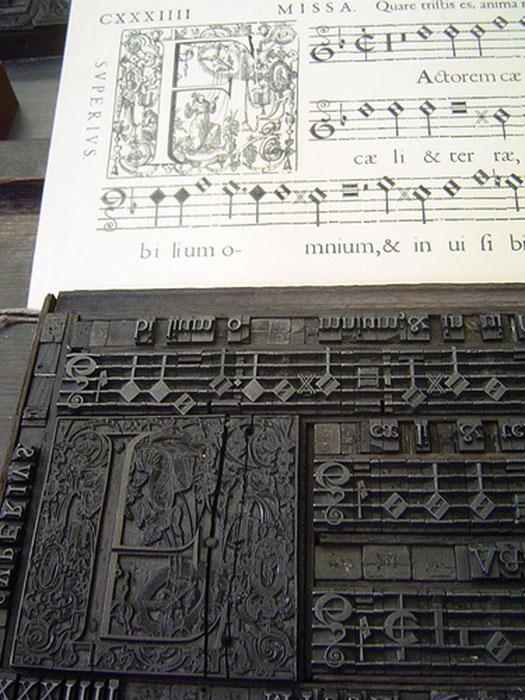
9. Good Engraving
The sheet music should be easy to read. Consider:
- Whether the notes, measures, and pages are laid out well. They should have just enough room to make them easy to read – not too crowded and not too extended.
- Are the written instructions easy to understand – not too wordy and not too abbreviated.
Conclusion
A good classical composition is well-structured, harmonically rich, melodically compelling, and emotionally engaging. By analyzing these aspects, a composer can refine their work and create music that stands the test of time, and a music director, conductor or teacher can find the best works for their ensembles.
Salt Cellar Creations understands the beauty and power that Serious Music can convey and the challenge that music directors, conductors and teachers face in choosing the best music for their ensemble. SCC has a growing library of original works and arrangements to help meet the needs of those looking for fine music. Find out more about what Salt Cellar Creations has to offer for Concert Bands, String Orchestras, Choral Groups, Solos and Small Groups HERE.
SCC can also compose an original piece for you or do a custom arrangement for you to allow you to showcase your group. There are two ways that this can be done; one is much more affordable than the other. CONTACT US for more information. And SCC is always looking for ideas of pieces to arrange or suggestions for original pieces.
We have sold music not only in the US but in Canada, the United Kingdom, France, Australia, and New Zealand, Austria, and Germany. Please visit the WEBSITE or CONTACT US to let us know what we can do for you!